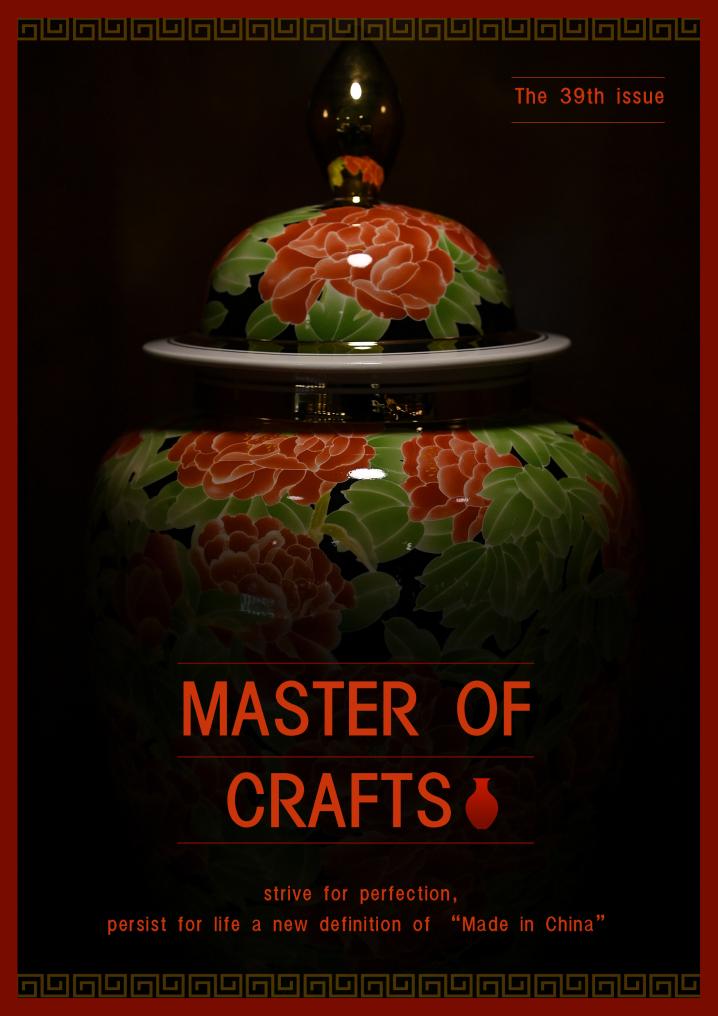SHANGDANG, Jan. 17 (Xinhua) -- The Honglyucai (Red and Green Color) Porcelain of Bayi kiln was originated from the Song Dynasty (960-1279) and became popular in the Jin Dynasty (1115-1234). Its pioneering twice-firing technique allows the use of multiple colors on one piece of porcelain, which is regarded as a major breakthrough in China's porcelain history.

To make a Honglyucai porcelain item, it needs to go through 72 procedures, which is so complicated that the technique was almost lost in the 1980's. In 2021, the crafts of making Honglyucai Porcelain of Bayi kiln was listed as a national intangible cultural heritage.

Li Yamin, a native in the Honglyucai Village of Bayi Town in north China's Shanxi Province, is an inheritor of the craft. Under the influence of his father Li Jianping, a provincial-level inheritor of the craft, Li Yamin started to learn porcelain making after graduating from the college and devoted himself to the preservation of the ancient craft.

After years of hard work and unremitting efforts in study and research, the crafts of Honglyucai Porcelain have been gradually recovered, and their team of craftsmen have also grown from only three people to nearly 150. By far, they have developed over 300 kinds of Honglyucai Porcelain products, many of which are sold overseas. They have also built an expo center with a Honglyucai Porcelain museum at the Honglyucai Village.


Nowadays, Li and his father use modern technologies to make Honglyucai Porcelain of Bayi kiln, and also improve the painting skills to leave vivid patterns on them. Besides traditional porcelain items such as bowls and dishes, they design and create tea sets, decorative items and more artworks, which have attracted lots of consumers and brought them various prizes across the country.

For Li Yamin, studying of porcelain can be "addictive". He regards every making procedure as a way of communication with the ancient craftsman. "I feel satisfied when seeing the ancient artwork being reproduced in our hands and sent to places far away," said Li. "I have the responsibility to preserve the crafts because I was born here. "
Looking ahead, Li plans to set up research and study centers, cooperate with colleges and search for more distribution channels, hoping to breathe a new life into the ancient craft.












